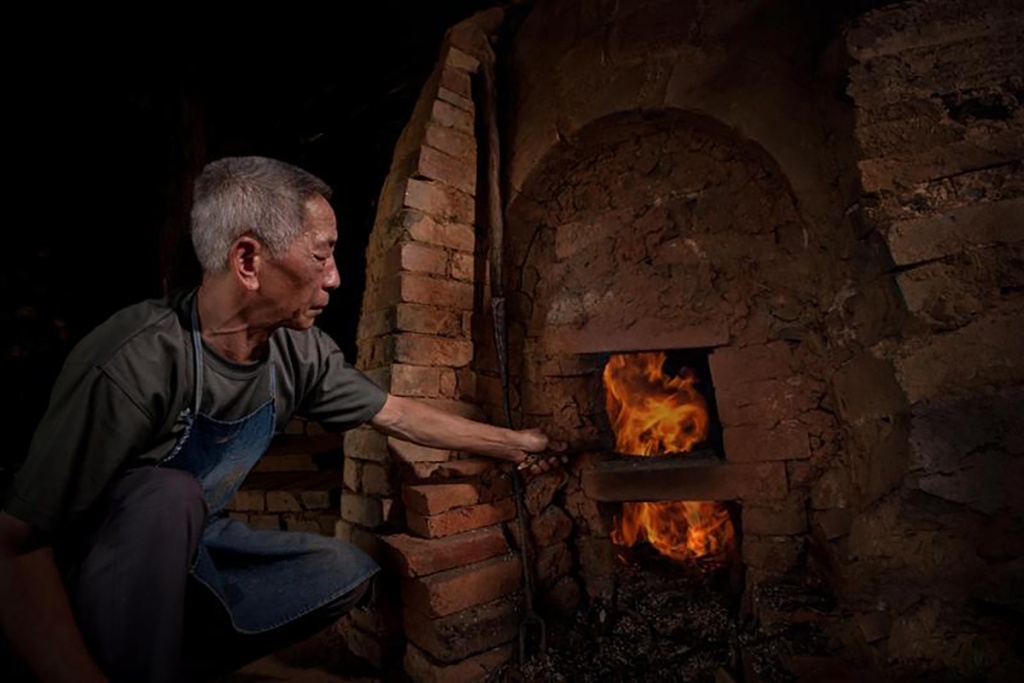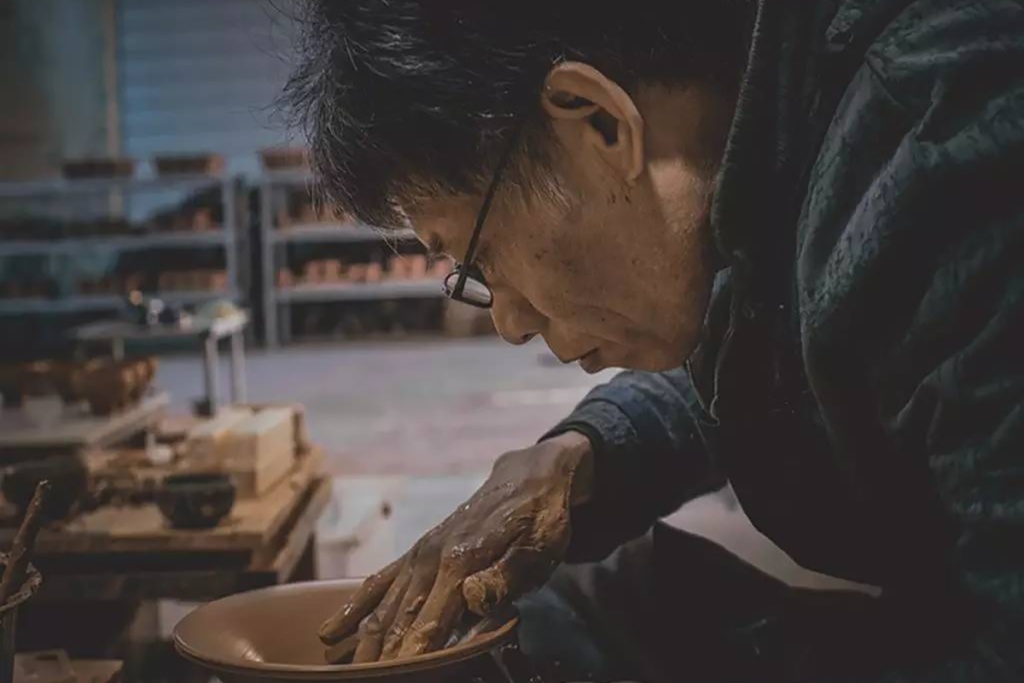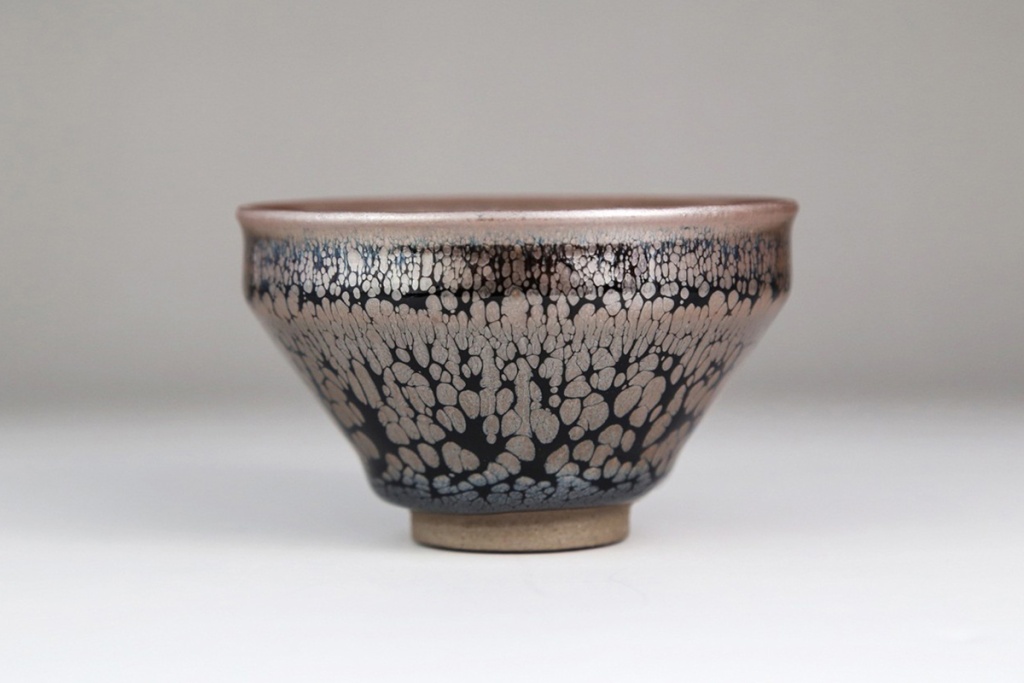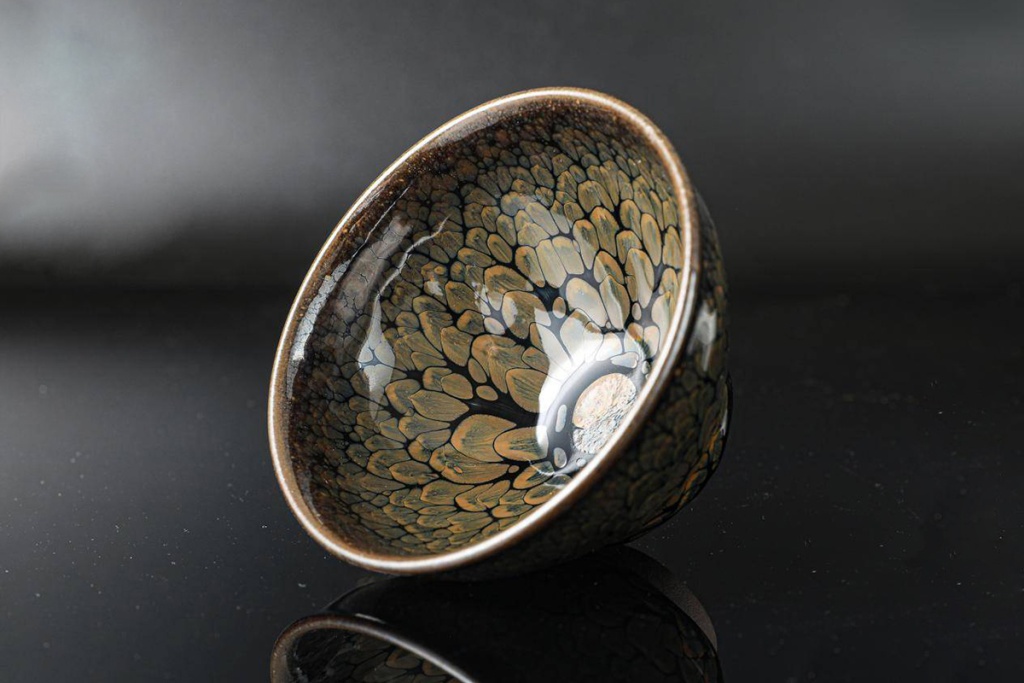Wood fired teaware
In ancient China, special attention was paid to the firing of ceramics when producing tableware. Nowadays, modern craftsmen continue to work with wood-fired stoves as with a living instrument, the result of firing in which is always unpredictable. Ceramic products turn out to be surprisingly organic due to firing at very high temperatures, where flying ash settles during the combustion process. Wood firing is one of the most difficult methods of decoration, because ceramics are very capricious. Gradual heating and cooling always gives a unique, exclusive and inimitable product.
Wood firing is an ancient and rather complex art, the success of which depends on many factors:
1. Clay: When selecting raw materials, potters take into account the heat resistance of the clay, its properties and the type of firewood.
2. Firewood: It must be dry and stored for more than three to six months. Traditionally, it is: camphor, longan, lychee, sometimes other types of wood.
3. Furnaces: different types are used. As a rule, it takes three to five days to fire up a furnace. During this period, it is necessary to fire up the furnace in shifts, maintaining the fire. The speed and method of adding firewood, its type, weather conditions, air flow and other subtle factors constantly affect the change in color of the products in the furnace.
4. Ash: When firing ceramics in a wood-fired kiln, ash plays a major role. It is formed by burning wood and moves in the kiln along with the hot air. When the temperature reaches 1200 ℃ or higher, the wood ash begins to melt and settles on the pottery, turning into glaze, creating various effects and color shifts. The coating thus formed is called "natural glaze", but it is not always clearly visible.

What attracts potters and ceramic lovers to wood firing?
Horizontal-burning kilns are characterized by the presence of fire traces and yin-yang firing sides (front and back firing surfaces) on the product. Such effects have their own charm and resemble products created many hundreds of years ago. Due to the influence of numerous factors, it is difficult to predict the final appearance of the product, such originality attracts connoisseurs and admirers. Such firing is like a dialogue between a person and a kiln, a dance of clay and fire. Rough and natural texture, simple color create products with a deep and restrained style. A fancy pattern cannot be created in electric and gas kilns.
Main characteristics of wood-fired ceramics:
1. The uneven temperature caused by adding more firewood causes the bubbles on the surface to vary in size, while the electric firing produces a uniform surface. These features are especially noticeable in Ming and Qing porcelain. In ancient porcelain, because the glaze is relatively thin, the bubbles explode to form countless sesame spots of varying sizes and a certain layering.
2. Uneven color.
3. Natural glaze formed by ash. Such products exude a simple, rich and ancient beauty, which is why potters who work with wood are fascinated by it and put a lot of effort into creating it.
Wood Stove Construction
A wood-burning stove is divided into four parts: a firewood combustion chamber, a chamber where the products are located, smoke pipes and a chimney. Firewood burns in the firebox, and the resulting heat, ash and flame pass through the chamber, affecting the pottery blanks, and then exits through the chimney. The design of the stove should facilitate both combustion (including heating and heat retention) and the passage of fire and ash through the raw body of the product from different sides. Due to the fire exhaust paths, the following are created: side flame, inverted flame or direct flame.
The design of the kiln is not only a technical issue, as the type of kiln also determines the path of the fire, i.e. the direction of the falling ash and the traces of fire. It can be said that the kiln creates the author's style of ceramics. Mastering the art of firing in a wood-fired kiln involves not only maintaining the temperature, but also mastering the control of the amount of ash and fire traces. Incorrect design of the kiln chamber can lead to inexpressive effects, the inability to create high temperatures or poorly maintain them, the lack of ability to retain ash and fire, etc.
Types of modern wood firing.
Modern wood firing is divided into "glaze firing", "bare without coating" and "burning under a hood".
1. Glaze firing (Chinese: 釉烧, pinyin: yòushāo)
In "glaze firing", ceramics are coated with a base glaze before the process begins, which is mainly used for porcelain and household items. The work is usually carried out in large kilns (for example, Long Yao - dragon kiln (Chinese: 龙窑, pinyin: Lóng yáo)), which helps reduce costs. The firing time is 1-2 days.
2. Naked firing (Chinese: 裸烧, pinyin: luǒ shāo)
Modern ceramic aesthetics involve creating a natural coating. The workpiece is placed in a small kiln, up to two cubic meters, and during long-term high-temperature firing, a large amount of ash formed during the combustion of wood sticks to the product, creating a unique texture. When describing the process, masters say: “Three-tenths depends on people, and seven-tenths depends on the sky” (Chinese: “三分靠人, 七分靠天”, pinyin: sānfēn kào rén, qīfēn kào rén).
3. Firing under a hood (Chinese: 罩烧, pinyin: zhào shāo)
Typically used when working with high-quality porcelain, when firing which it is necessary to achieve stability and purity of the color of the glaze and porcelain. For this purpose, the product is protected by a "cap". The inside of the kiln body is clean and free of debris, and the temperature during firing must be stable. Fire and ash are not in direct contact with the surface of the products.
In recent years, wood firing has become more popular, and more and more finished products, materials and stoves have appeared on the market. Since wood firing requires a lot of labor and time, the price of the finished products is high, so the market has become flooded with fake wood and pseudo-wood products.

Famous Wood-Firing Masters
Ceramic products fired with wood fire are divided into two categories: glazed (underglaze) and unglazed (natural glaze). There are many excellent glaze masters.
The current leader in wood-fired glazed ceramics is undoubtedly Li Da (Chinese: 李达, pinyin: lǐ dá) from mainland China. His glazed style combines several techniques: "Oil Drop" (Chinese: 油滴, pinyin: yóudī) and "Partridge Spot" (Chinese: 鹧鸪斑, pinyin: zhègūbān).
Many masters have their own unique signature style. For example:
- Master Sun Jianxing (Chinese: 孙建兴, sūn jiànxīng) creates items using the techniques of “Rainbow Oil Drops”, “Bright Glare”, and “Persimmon and Mahogany Color”.
- Cheng Dapeng (Chinese: 陈大鹏, pinyin: chén dàpéng) is unrivaled in the "Partridge Pattern" technique.
- Xiong Zhonggui (Chinese: 熊忠贵; pinyin: xióng zhōngguì) is known as the first person to build a dragon kiln for firing ceramics.
- Huang Meijin (Chinese: 黄美金, pinyin: huáng měijīn) is the founder of the golden oil drop style on ceramics.
- Chen Qifu (Chinese: 陈其富, pinyin: chén qífù) works with a variety of variegated colors.
- Lu Jinxi (Chinese: 陆金喜, pinyin: lù jīnxǐ) was the first master to create iridescent glaze.
- Zhuo Liqi (Chinese: 卓立旗, pinyin: zhuó lìqí) is famous for his traditional black glaze and silver spot wares.
- Wu Lizhu (Chinese: 吴立主, pinyin: wú lìzhǔ) developed his own style of ceramics with iridescent colors.
- Комментарии
- Вконтакте










